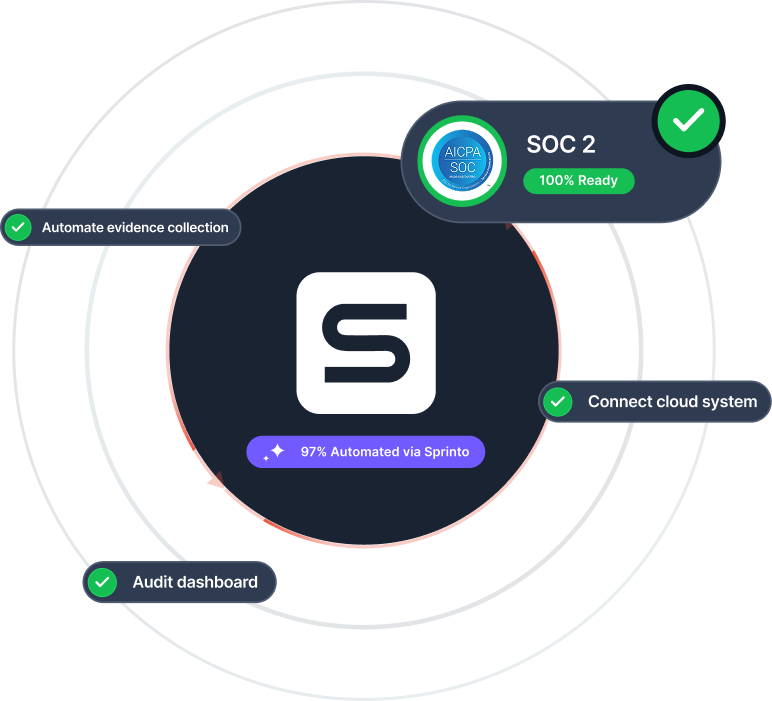Key Governance Frameworks
An Overview of Governance
Governance frameworks are the backbone of structured decision-making, helping organizations align strategy, operations, and compliance. These frameworks bring order to complexity — especially in regulated, fast-scaling, or high-risk environments.
Some of the most widely adopted include:
COBIT – For aligning IT governance with business goals
ISO 38500 – For evaluating and directing IT use at the board level
COSO – For enterprise risk management and internal controls
ITIL – For operational service governance
NIST (800-53 / CSF) – For managing cybersecurity and risk posture
TISAX – For information security governance in the automotive supply chain
SOX (Sarbanes-Oxley) – For financial transparency and audit controls
CMMC – For cybersecurity maturity and defense contractor compliance
Choosing the right framework depends on your industry, risk profile, and regulatory obligations — but the end goal is the same: governance that’s proactive, scalable, and audit-ready.
Some of the most widely adopted include:
COBIT – For aligning IT governance with business goals
ISO 38500 – For evaluating and directing IT use at the board level
COSO – For enterprise risk management and internal controls
ITIL – For operational service governance
NIST (800-53 / CSF) – For managing cybersecurity and risk posture
TISAX – For information security governance in the automotive supply chain
SOX (Sarbanes-Oxley) – For financial transparency and audit controls
CMMC – For cybersecurity maturity and defense contractor compliance
Choosing the right framework depends on your industry, risk profile, and regulatory obligations — but the end goal is the same: governance that’s proactive, scalable, and audit-ready.
A Beginner’s Guide to GRC Framework
IT GRC (Governance, Risk, & Compliance) For Scaling Businesses
Sprinto, your ally in all things compliance, risk, and governance.


